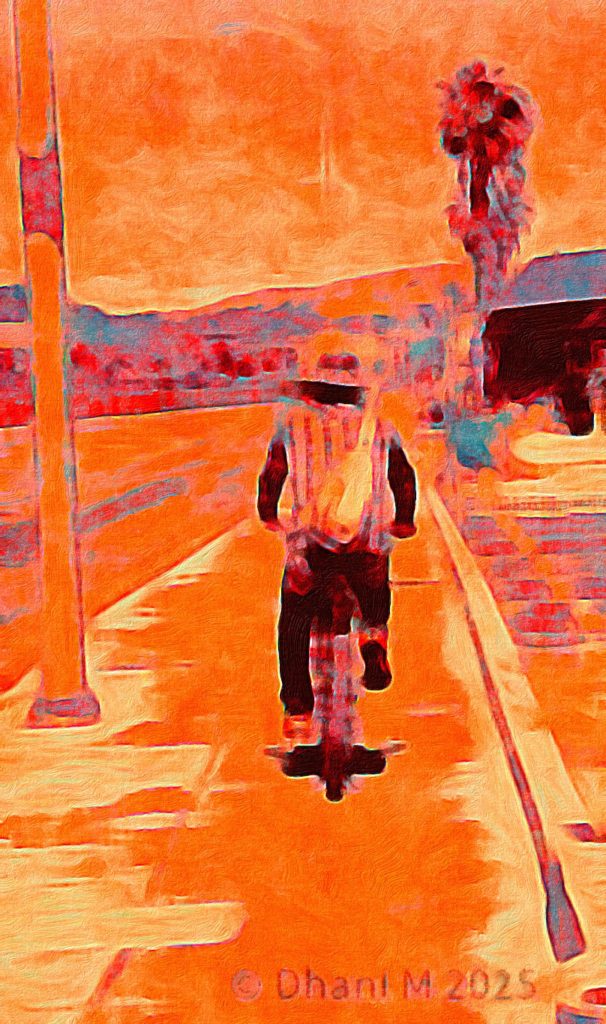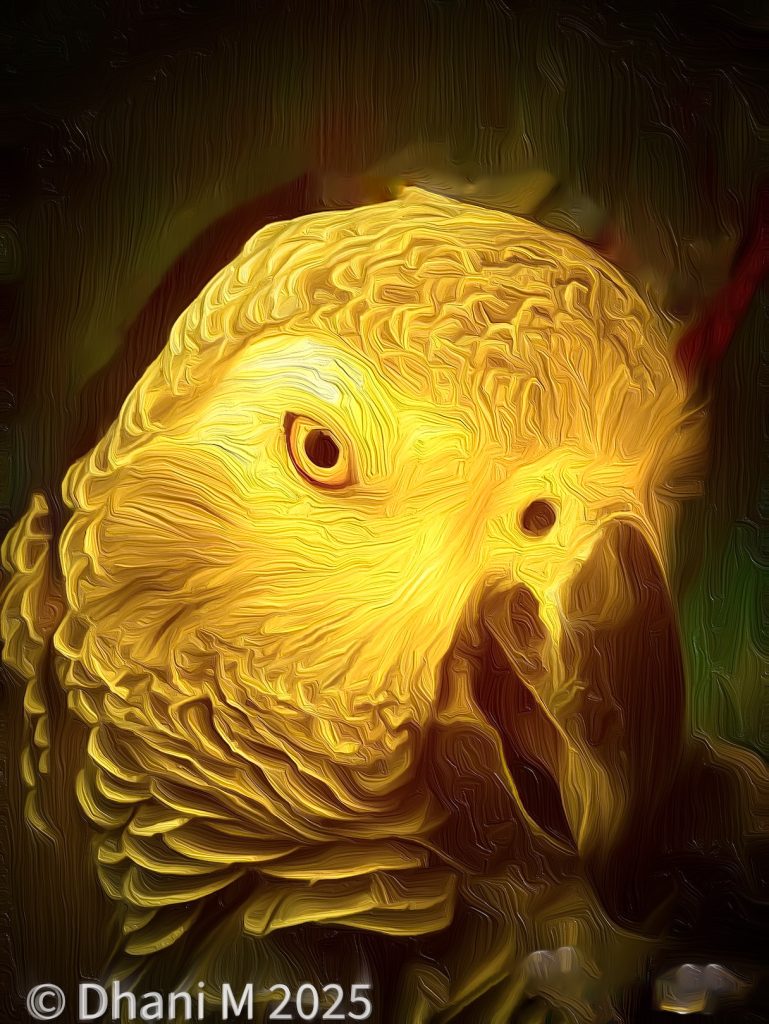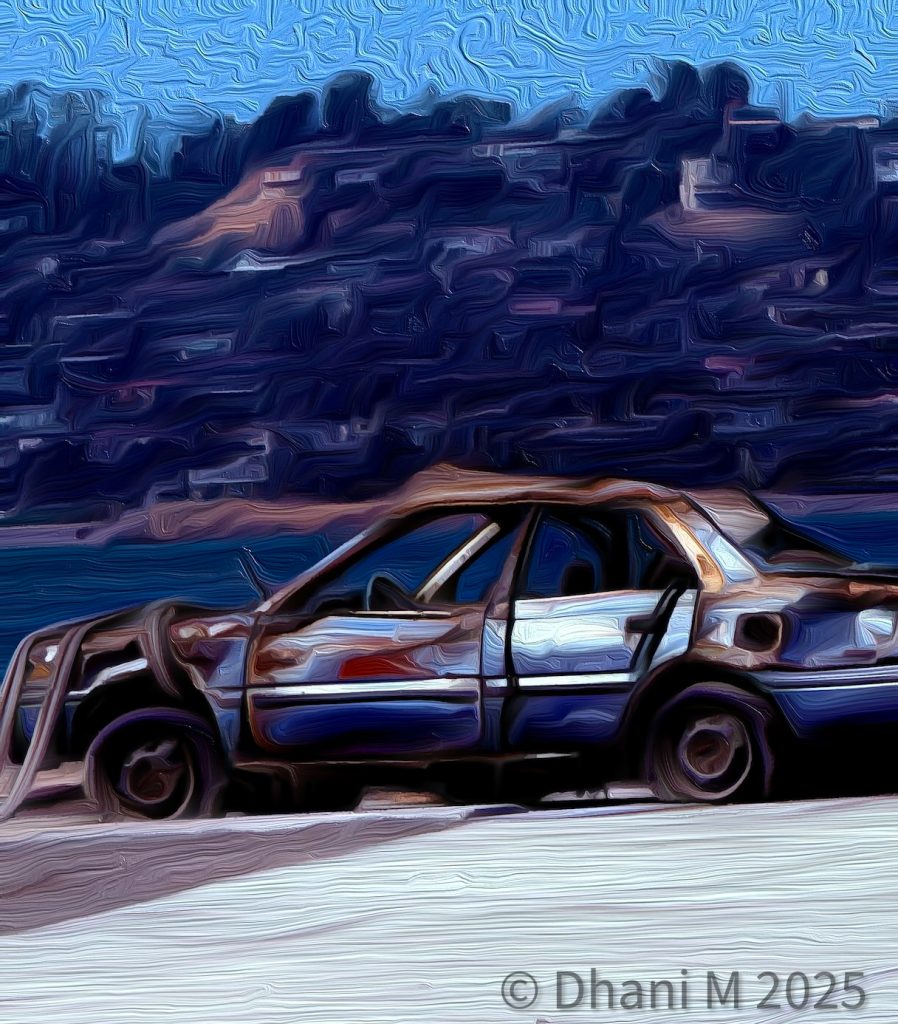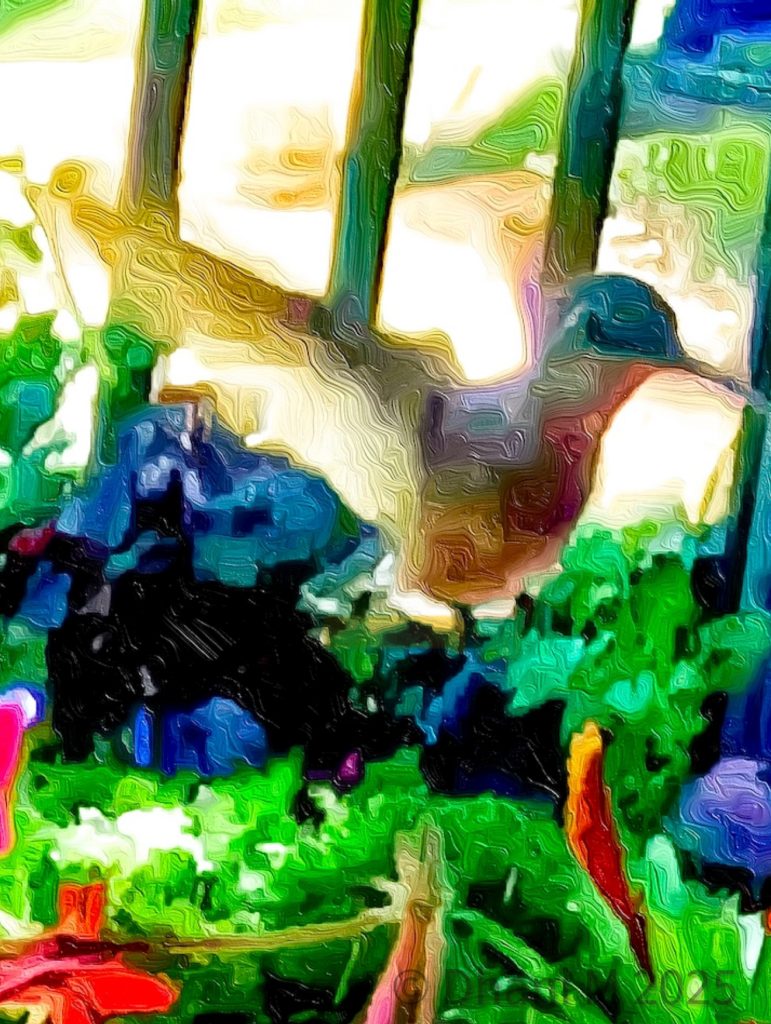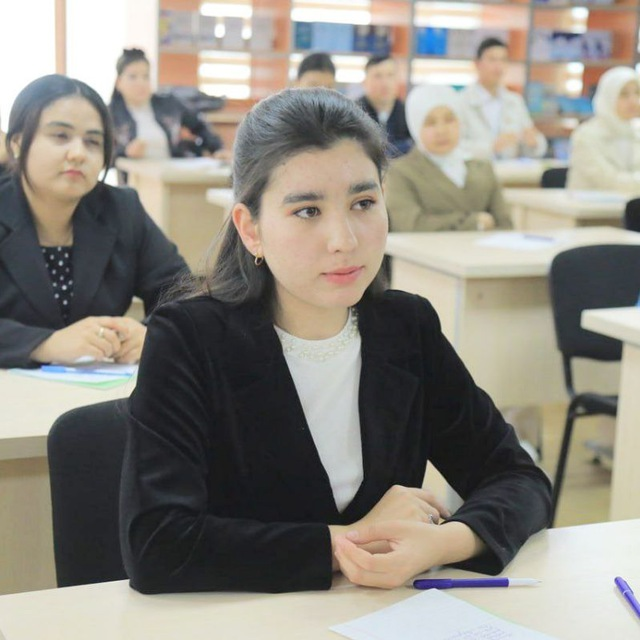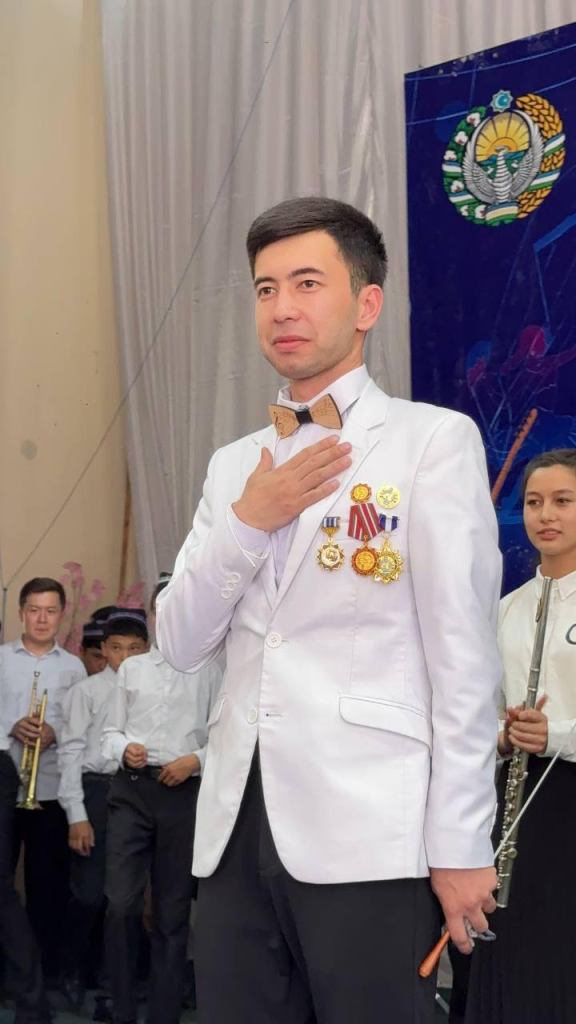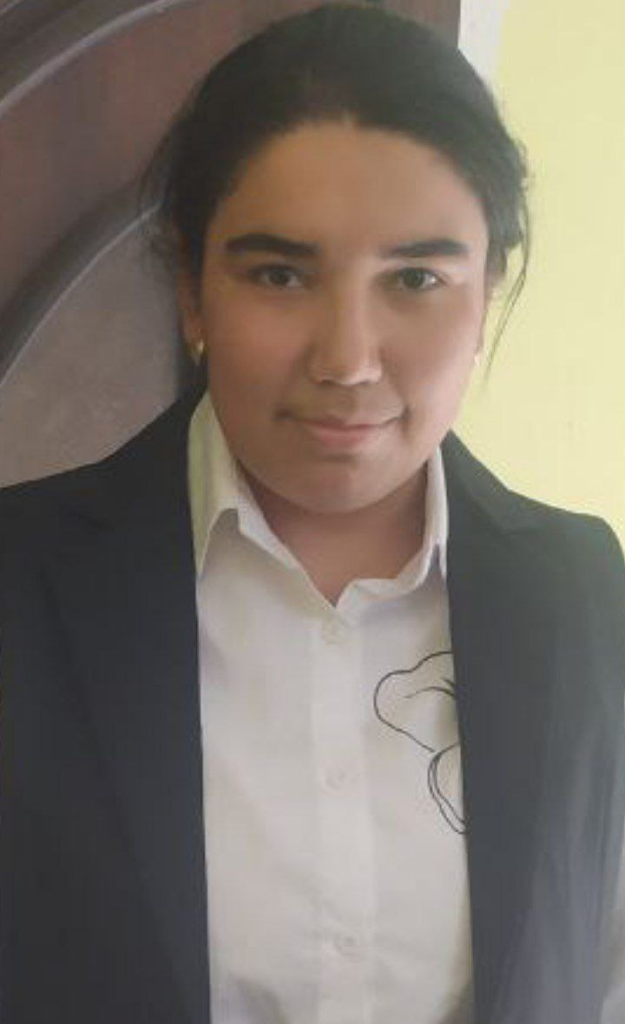
MY MOTHER AND FATHER: THE GREATEST SUPPORTERS IN MY LIFE
Our mothers and fathers are the most important people in our lives. It is difficult to express their compassion, the lessons they have taught us, and the role they play in our lives. Every individual’s path to education and success is deeply influenced by the contribution of their parents. In this essay, I want to talk about my mother and father, and the place they hold in my life.
The Education and Influence of My Parents
My mother and father have always tried to give their children the right education. Their efforts and the example they set have played a very important role in my personal development. My parents have not only taught me but have also tried to teach high values to other young people as well. They have always shown me the right path and taught me to learn from my mistakes.
Their Patience and Support
During the most difficult times in my life, my parents have always stood by me. They have been strong supporters for me and have constantly pushed me forward. Their patience, resilience in the face of difficulties, and positive attitude toward supporting me have been a great source of motivation throughout my life.
My Parents’ Diligence and Creativity
The diligence and creativity of my parents have been a major source of inspiration for me. While taking care of their daily tasks, they have also worked hard to ensure the well-being of our family. Their strong work ethic taught me to approach my work with seriousness, to work continuously, and to strive to reach my goals.
My Gratitude Toward My Parents
I am always grateful to my parents. They continue to support me in every new step I take. Their advice and help guide me to become the best version of myself. Their love and care are such a treasure for me that no words can ever truly express it. If I have ever upset them by going against their wishes, I ask for their forgiveness. I understand now, and I will always be thankful to them.
My mother and father are the biggest supporters and sources of inspiration in my life. I truly appreciate their love and patience. Every individual’s success is connected to the continuous support and education provided by their parents. I respect my mother and father deeply and try to apply their advice in my life. They are the closest people to me.

